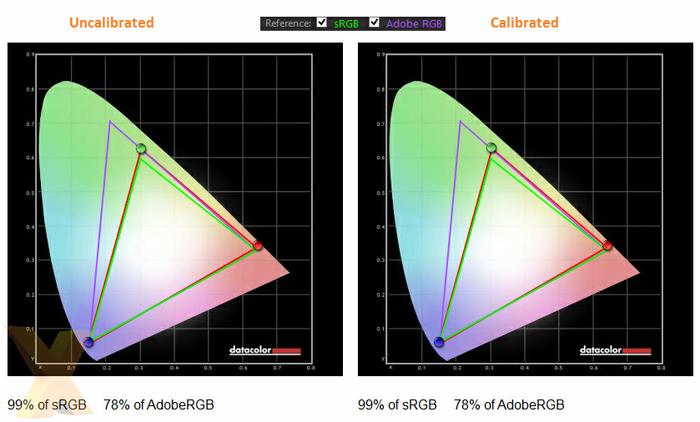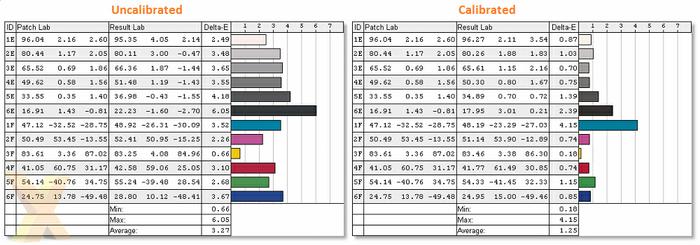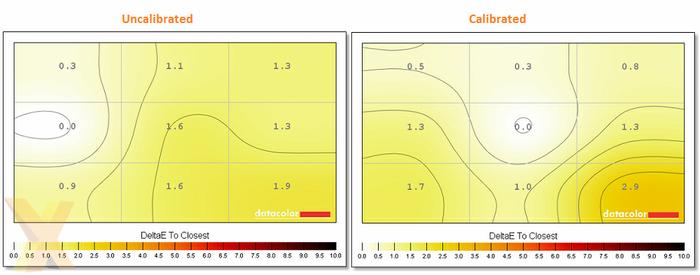Performance - Part I
Testing methodology
A monitor review based on descriptive visual analysis will always have the underlying problem of subjectivity; assessments of panel quality will vary from user to user depending on their normative expectations. To get around this we’re deploying Datacolor’s Spyder 4 Elite professional monitor analyser to return a quantitative assessment of display quality. We also make use of the Leo Bodnar video signal input lag tester which allows us to test the combined input latency of a specific monitor at the 1080p resolution with 60Hz operation only (a limitation of the testing equipment).
These numerical results, we feel, add extra utility to our reviews allowing us to more accurately benchmark the following display characteristics:
- Colour Gamut relative to sRGB and AdobeRGB industry-standards
- Brightness levels and contrast ratios
- Colour uniformity
- Brightness uniformity
- Colour accuracy
- Input latency
The tests are run under two different scenarios: uncalibrated and calibrated. Uncalibrated performance equates to the ‘out-of-the-box’ settings a monitor ships with; this is the typical end-user experience as very few consumers engage in calibration of their displays before use. Calibrated performance is what results after the monitor has been put through the Spyder4Elite hardware-calibration process with the following parameters: 2.2 Gamma, 6500k colour temperature and 120 nits of brightness. These calibrated results demonstrate what the monitor is capable of when tuned correctly but the results have limited relevance to most consumers who will not calibrate their monitors.
Colour
Asus promises 100 per cent sRGB coverage in its specifications and we noted 99 per cent from our testing, give or take an acceptable margin of error, so we think the MG278Q delivers on that promise.
Colour accuracy is fairly average in its out-of-the-box configuration with an average Delta-E just over 3. Calibration does, however, bring that value down to 1.25 Delta-E which is strong enough for colour-sensitive applications like photo editing and video production. A typical professional-grade monitor will aim to deliver an average Delta-E of 1 or lower.
The panel uniformity of colour is strong on the MG278Q with only a minor colour hotspot in the lower-right corner - something that isn't user-perceivable. The results are almost as impressive as the IPS-based MG279Q which had slightly more consistency in the corners.












